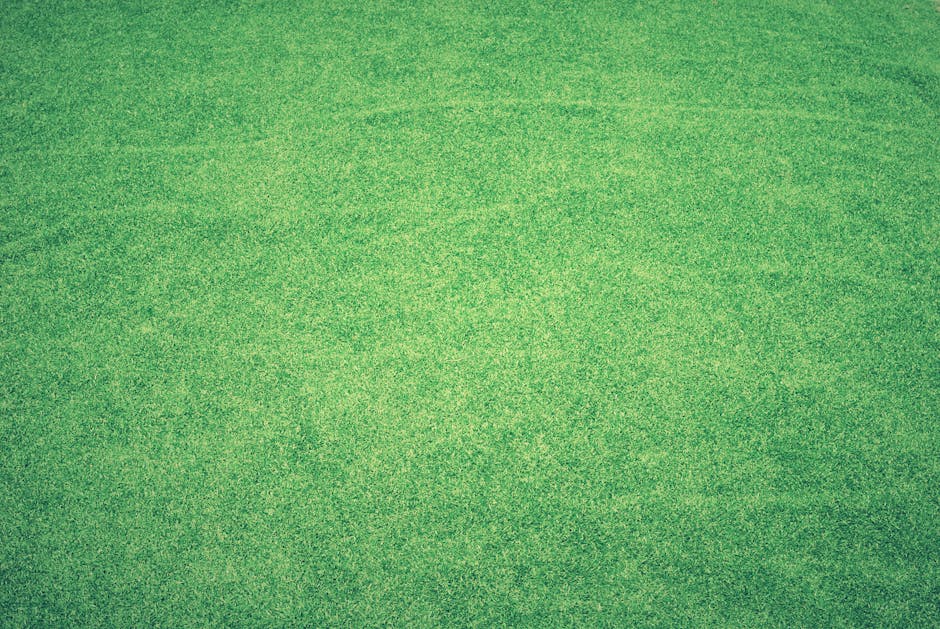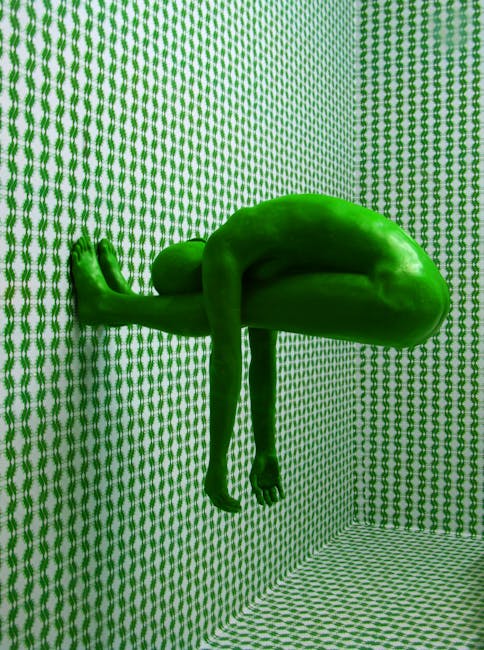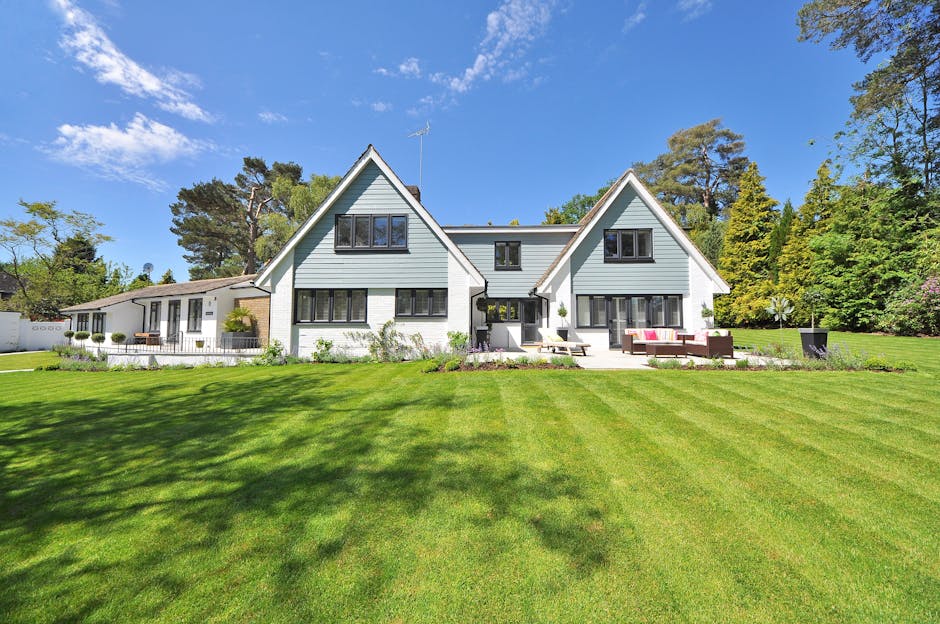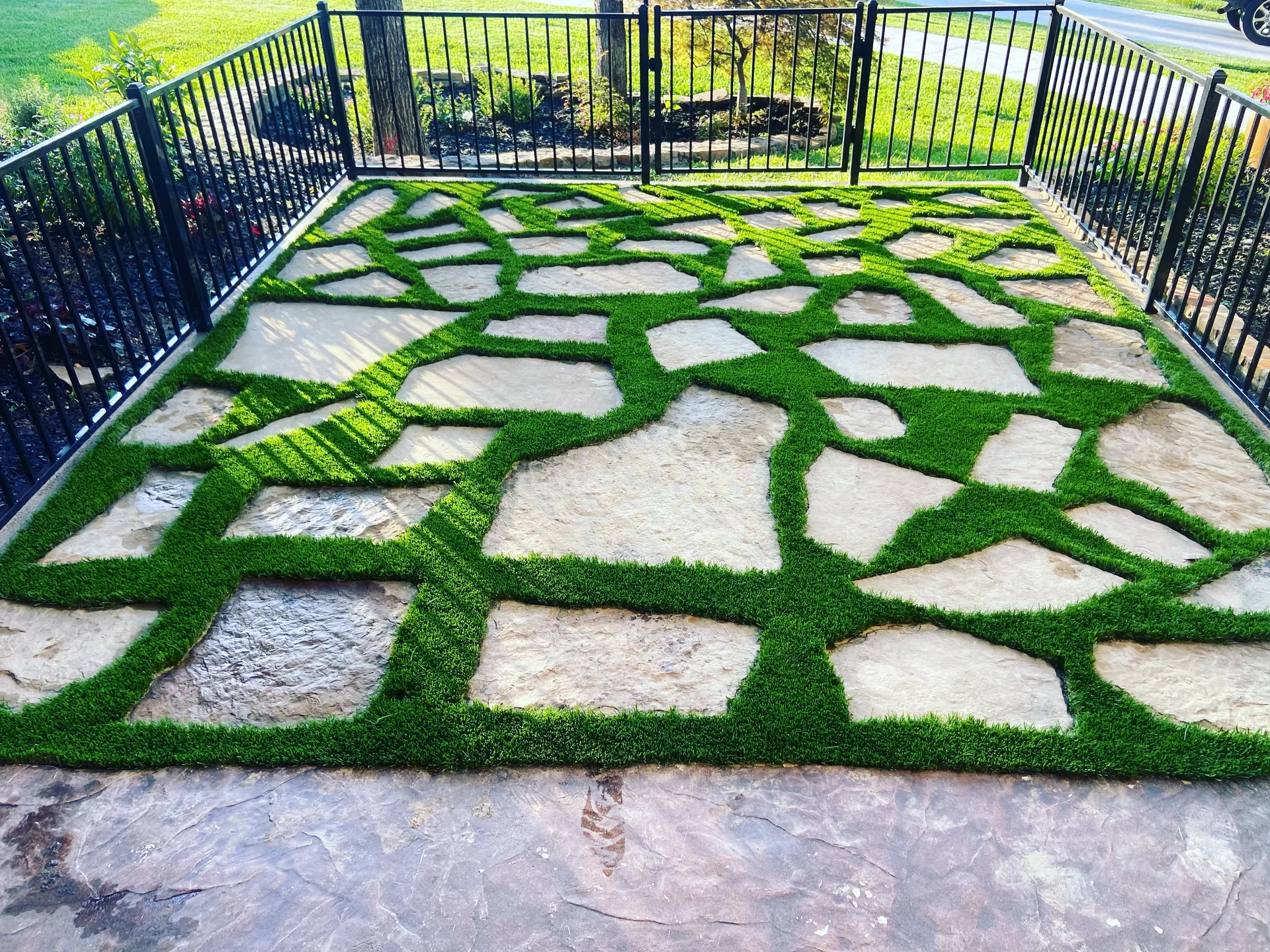
The Origins and Early Developments of Synthetic Turf
Synthetic turf, commonly known as artificial grass, has undergone significant evolution since its inception. The origins of synthetic turf date back to the early 1960s, when it was first developed to address the need for durable, all-weather playing surfaces.
One of the earliest and most notable developments in synthetic turf was the creation of “AstroTurf.” The concept was pioneered by Donald L. Elbert, James M. Faria, and Robert T. Wright, who were researchers at Monsanto Industries. The initial trials involved creating a synthetic surface that could withstand various weather conditions while providing a consistent playing field. The first major installation of AstroTurf was in 1966 at the Houston Astrodome, which was the world’s first multi-purpose domed stadium. This marked the beginning of synthetic turf’s widespread adoption, especially in sports facilities.
AstroTurf was made of short-pile polyethylene-based fiber strands attached to a shock-absorbing foam backing. The initial versions, while innovative, had certain limitations. They were criticized for being too hard and increasing the risk of injuries for athletes. However, these early developments laid the groundwork for ongoing improvements and refinements.
During the 1970s and 1980s, synthetic turf technology continued to advance. Efforts were focused on making the turf safer and more comfortable. This period saw the development of longer pile fibers and the introduction of sand infill systems to provide better shock absorption and stability. Additionally, UV-resistant coatings were applied to prevent degradation from sunlight exposure, thus prolonging the life of the turf.
The 1990s brought significant enhancements with the introduction of infill systems utilizing a combination of rubber granules and sand. These systems improved the playing surface by offering better cushioning, reducing the risk of injuries, and making the turf feel more like natural grass. This era also saw the diversification of synthetic turf applications beyond sports to landscaping, playgrounds, and commercial areas.
By the early 2000s, advances in polymer technology allowed for the creation of more realistic and durable synthetic fibers. Companies like FieldTurf emerged as industry leaders, producing products that closely mimicked the look and feel of natural grass. The use of polyethylene and polypropylene fibers became standard, as they offered a balance between softness and durability.
As the technology continued to evolve, modern synthetic turf systems began incorporating advanced drainage systems, antimicrobial treatments, and environmentally friendly materials. These enhancements addressed some of the earlier environmental and health concerns associated with synthetic turf, such as water runoff issues and bacterial growth.
Today, synthetic turf is used in a wide range of settings, from residential lawns and parks to professional sports fields. The evolution of synthetic turf technology reflects a continuous effort to improve performance, safety, and environmental sustainability.
Technological Advancements in Synthetic Turf Materials
The synthetic turf industry has undergone significant advancements since its inception, with materials technology playing a crucial role in enhancing the performance, durability, and aesthetic appeal of artificial grass. Early versions of synthetic turf were primarily made from polypropylene, which, despite being cost-effective, had limitations in terms of softness and resilience.
A major breakthrough came with the introduction of polyethylene fibers. Polyethylene provided a much softer and more natural feel compared to its predecessor. This material is now widely used due to its excellent balance of durability and comfort. Polyethylene fibers can be engineered to mimic the appearance and texture of natural grass blades more closely, making it a popular choice for both residential and commercial applications.
In addition to the base fibers, the development of advanced backing materials has significantly improved the integrity and usability of synthetic turf. These backings are typically composed of multiple layers, including a primary backing that holds the fibers in place and a secondary backing that provides structural support. Innovations in polyurethane and latex coatings for these backings have enhanced the overall stability and longevity of turf installations.
Another significant technological advancement is the development of infill materials. Infill materials are essential for maintaining the stability of the turf and providing cushioning. Traditional infill products included silica sand and rubber granules. However, concerns about the environmental impact and health risks associated with rubber infill have led to the exploration of alternative materials. Today, organic infill solutions such as cork and coconut fibers are gaining popularity for their eco-friendly properties and ability to provide a cooler surface temperature.
Furthermore, UV stabilization technology has become a standard feature in modern synthetic turf products. UV stabilizers are additives that protect the fibers from degradation caused by prolonged exposure to sunlight. This technology ensures that the turf maintains its vibrant color and structural integrity over time, even in harsh climates.
Developments in yarn technology have also contributed to the evolution of synthetic turf. Advanced yarn shapes, such as “C” and “S” shapes, as well as multi-fiber configurations, offer improved performance characteristics like durability, softness, and aesthetic appeal. These shapes and configurations help the fibers stand upright and resist matting, enhancing the overall look and functionality of the turf.
Lastly, advancements in drainage systems have addressed issues related to waterlogging and maintenance. Modern synthetic turf systems incorporate perforated backings and specialized drainage layers that allow for efficient water flow, reducing the risk of puddles and enabling quick drying. Improved drainage systems also contribute to the longevity of the installation by preventing the growth of mold and bacteria.
Overall, these technological advancements in synthetic turf materials have revolutionized the industry, offering products that are more realistic, durable, and environmentally friendly. As research and development continue, it is anticipated that synthetic turf will become an even more viable and attractive alternative to natural grass for a wide range of applications.
Environmental and Health Considerations in Synthetic Turf Design
In the development of synthetic turf, environmental and health factors play a crucial role. Modern landscaping increasingly focuses on sustainability and safety, driving innovations that address these concerns.
Environmental Impact
The environmental impact of synthetic turf is a significant consideration. While artificial grass conserves water and eliminates the need for harmful pesticides and fertilizers, it also presents potential drawbacks. The primary concern is its production from non-renewable resources and the challenges in recycling used turf. Manufacturers are addressing these issues through initiatives like the following:
- Use of Recycled Materials: Some companies are incorporating recycled plastics into their products, which helps reduce waste and reliance on virgin materials.
- Eco-Friendly Infill: Traditional infills often consist of crumb rubber derived from old tires, raising concerns over potential environmental toxins. Alternatives such as sand, cork, and coconut husks provide more sustainable options.
- Improved Recycling Programs: Advances in recycling technology now allow old synthetic turf to be repurposed, though the process is still developing and requires broader implementation.
Health Considerations
Health considerations are equally important in the design of synthetic turf. Concerns primarily focus on the materials used and their potential effects on human health. Research has led to several innovations aimed at improving safety:
- Non-Toxic Materials: New synthetic turf products increasingly use materials free from heavy metals and other hazardous substances, ensuring safer contact for children and pets.
- Heat Reduction Technologies: Synthetic turf can become much hotter than natural grass. Manufacturers are experimenting with cooling technologies, such as reflective coatings and alternative infills, to mitigate heat absorption.
- Anti-Microbial Properties: To address concerns about bacteria and mold, some synthetic turf products now incorporate anti-microbial agents that inhibit the growth of harmful microorganisms.
Overall, the considerations of environmental sustainability and public health significantly influence the design and use of synthetic turf in modern landscaping. Advances in materials and product development continue to mitigate the environmental and health impacts, making synthetic turf an increasingly viable and safe option for a variety of applications.
Current Trends in Synthetic Turf for Residential Landscaping
In recent years, synthetic turf has become an increasingly popular choice for residential landscaping. This trend has been driven by various factors, including advancements in synthetic turf technology, environmental considerations, and the desire for low-maintenance, aesthetically pleasing outdoor spaces.
One of the current trends in synthetic turf for residential use is the development of products that more closely mimic the appearance and feel of natural grass. Innovations in blade shapes, colors, and surface textures have made it possible to produce synthetic turfs that are almost indistinguishable from real grass. For example, advanced synthetic turfs now feature multi-toned fibers and mixtures of blade shapes to replicate the natural variation found in grass lawns.
Another significant trend is the increased focus on sustainability. Homeowners are becoming more aware of the environmental impacts of traditional lawn care, such as water usage and chemical fertilizers. As a result, many are opting for synthetic turf, which requires minimal watering and no chemical treatments. This shift is not only beneficial for the environment but also provides cost savings on water bills and lawn maintenance.
The integration of advanced drainage systems into synthetic turf products is also seeing widespread adoption. These systems ensure that water quickly drains away from the surface, reducing the risk of pooling and mold growth. This makes synthetic turf an attractive option for areas that experience heavy rainfall or have poor natural drainage.
Another trend involves the use of synthetic turf in creative landscaping designs. With the flexibility and durability of synthetic turf, homeowners are finding new ways to incorporate it into their outdoor spaces. This includes rooftop gardens, patio areas, and even decorative elements such as pathways and vertical gardens. The versatility of synthetic turf allows for innovative landscaping solutions that were previously not viable with natural grass.
Finally, improvements in the installation process have made synthetic turf more accessible to homeowners. Many modern synthetic turf products come with user-friendly installation guides, and some systems are designed with interlocking tiles or rolls that simplify the process. This ease of installation allows more homeowners to take advantage of the benefits of synthetic turf without requiring professional assistance.
Overall, the current trends in synthetic turf for residential landscaping are driven by technological advancements, environmental considerations, and the desire for versatile and aesthetically appealing outdoor spaces. As these trends continue to evolve, it is likely that synthetic turf will become an even more integral part of residential landscaping practices.
Innovations in Synthetic Turf for Sports and Recreational Use
The domain of sports and recreational use has witnessed significant innovations in synthetic turf technology. One of the pivotal advancements is the development of performance-oriented infill materials. Modern synthetic turfs often incorporate infill materials such as crumb rubber, sand, or organic infills made from coconut husks and cork. These materials enhance the playability, safety, and durability of the turf.
Studies have shown that newer infill materials can reduce the surface temperature of synthetic turf, addressing a common concern about excessive heat. For instance, research published in the Journal of Sports Engineering and Technology highlights that organic infills can maintain lower temperatures compared to traditional crumb rubber infills. This temperature reduction can significantly impact player comfort and safety.
Another notable innovation is the development of hybrid turf systems, which combine natural grass with synthetic fibers. These systems are designed to provide the benefits of both natural and synthetic surfaces, including improved durability and consistent playing conditions. Hybrid systems are increasingly being used in professional sports stadiums to ensure optimal performance and playing experience.
The engineering of synthetic turf fibers has also seen remarkable progress. Companies like FieldTurf and AstroTurf have developed advanced fiber technologies that offer improved resilience, wear resistance, and aesthetic appeal. Innovations in blade shape, for instance, contribute to more realistic ball roll and bounce, closely mimicking natural grass.
Shock absorption has been another focal area in synthetic turf innovation. Enhanced shock pad systems are now integrated beneath the turf surface to minimize the impact on athletes’ joints and reduce the risk of injuries. A study by the American Journal of Sports Medicine demonstrated that fields equipped with advanced shock pads can significantly decrease the incidence of ACL (anterior cruciate ligament) injuries.
Maintenance technologies have also evolved, with robotic grooming and cleaning systems now available to ensure consistent playing conditions and hygiene. These systems help to maintain the structure of synthetic fibers, evenly distribute infills, and remove debris, thereby extending the lifespan of the turf.
Furthermore, the use of data analytics and IoT (Internet of Things) in turf management is emerging as a trend. Sensors embedded in synthetic turf systems can monitor usage patterns, wear, and weather conditions, providing valuable data to optimize maintenance schedules and improve overall field management.
In conclusion, the innovations in synthetic turf for sports and recreational use are driven by the need to enhance performance, safety, and sustainability. The advancements in infill materials, hybrid systems, fiber technologies, shock absorption, maintenance solutions, and data analytics collectively contribute to a superior playing experience, reflecting the dynamic evolution of synthetic turf technology.
Future Directions and Emerging Technologies in Synthetic Turf
The future of synthetic turf technology is marked by continuous innovation and significant advancements, aimed at enhancing performance, sustainability, and versatility. As new materials and technologies emerge, several key trends and developments are shaping the future of synthetic turf.
Biodegradable and Recyclable Materials
One of the prominent directions is the development of biodegradable and recyclable synthetic turf. Companies are researching and implementing materials that not only provide the necessary durability but also reduce environmental impact. For instance, efforts are underway to use plant-based materials and other eco-friendly alternatives that can break down naturally at the end of their lifecycle.
Advanced Fiber Technology
Technological advancements in fiber technology are focused on improving the realism and longevity of synthetic grass. Newer fibers mimic the softness and resilience of natural grass more closely than ever before. Innovations such as multi-layered fibers and special polymer coatings are being introduced to enhance the feel and performance of the turf.
Smart Turf Integration
The integration of smart technology into synthetic turf is another exciting development. Smart turf systems can include embedded sensors and IoT (Internet of Things) connectivity to monitor various parameters such as temperature, moisture levels, and usage patterns. This data can be used for optimizing maintenance schedules and ensuring the turf maintains optimal conditions.
Enhanced Infill Materials
Infill materials have a significant impact on the performance of synthetic turf. Innovations in this area include the use of organic infill such as cork and coconut husks, which are more sustainable than traditional rubber infill. These materials can offer improved playability and reduced surface temperatures, contributing to a better user experience.
Energy-Efficient Manufacturing
The synthetic turf industry is also focusing on energy-efficient manufacturing processes. Advances in manufacturing technologies are aimed at reducing energy consumption and minimizing waste. Techniques such as 3D printing of turf components are being explored to create more precise and efficient production lines.
Hybrid Turf Systems
Hybrid turf systems, which combine natural grass with synthetic fibers, are becoming increasingly popular. These systems offer the benefits of natural grass while providing the durability and low maintenance of synthetic turf. They are particularly useful for high-traffic areas where natural grass alone would struggle to thrive.
Climate-Adaptive Turf
Research is also being directed towards developing synthetic turf that adapts to different climatic conditions. Innovations in this area aim to create turf that remains functional and aesthetically pleasing in various weather scenarios, from extreme heat to heavy rainfall.
As the synthetic turf industry continues to evolve, these emerging technologies and future directions promise to deliver more sustainable, efficient, and high-performing solutions for a wide range of landscaping and recreational needs.


